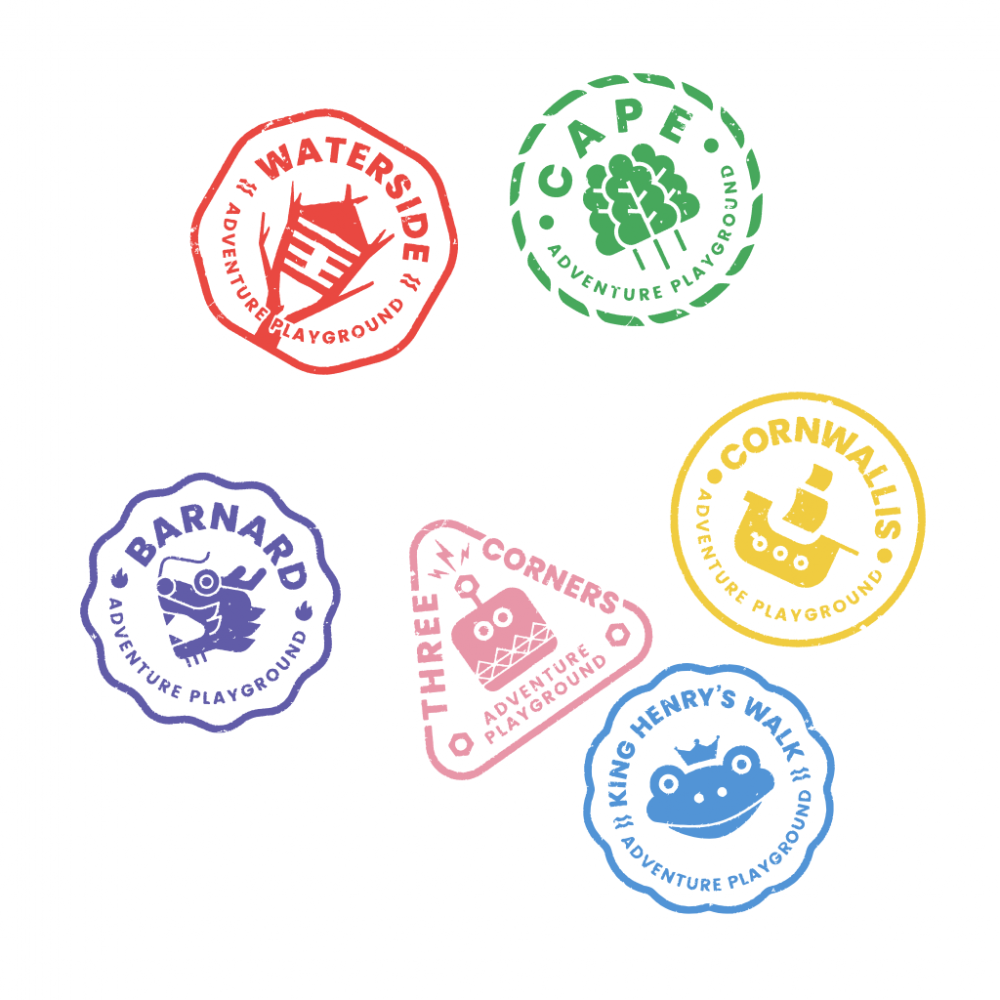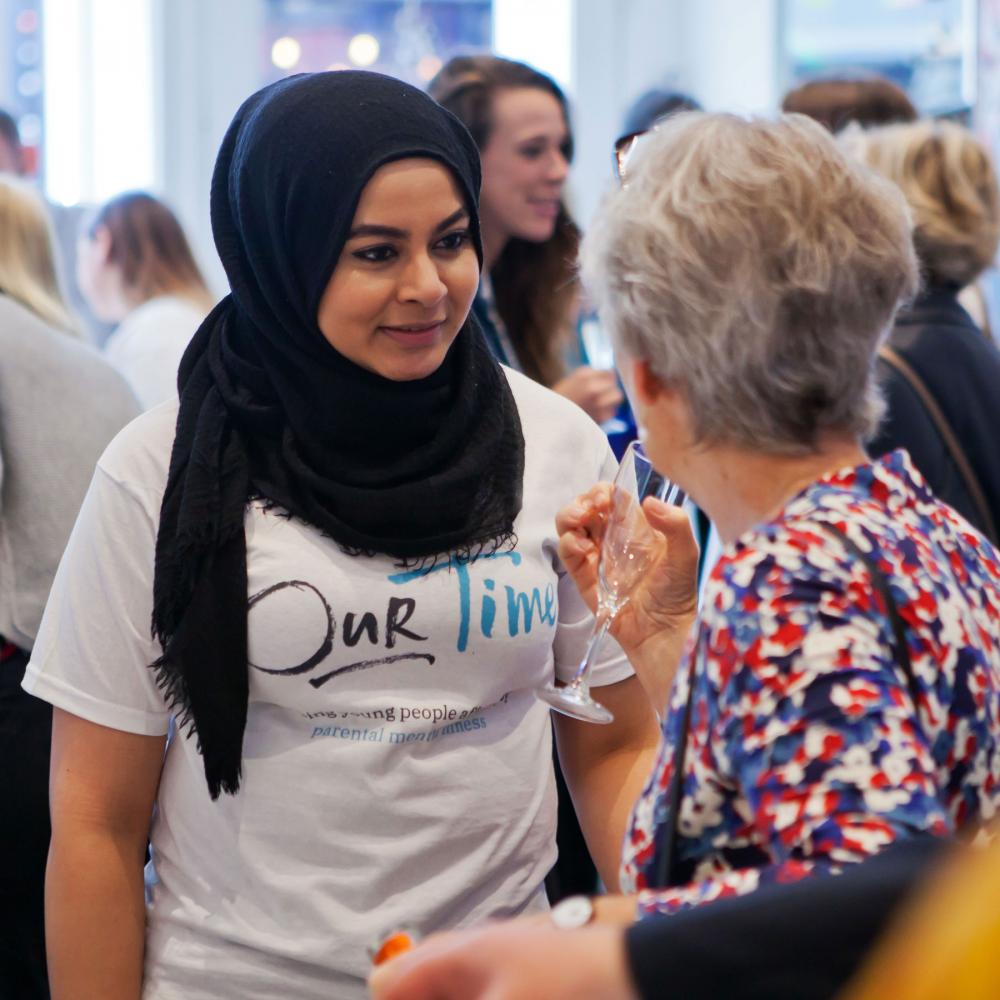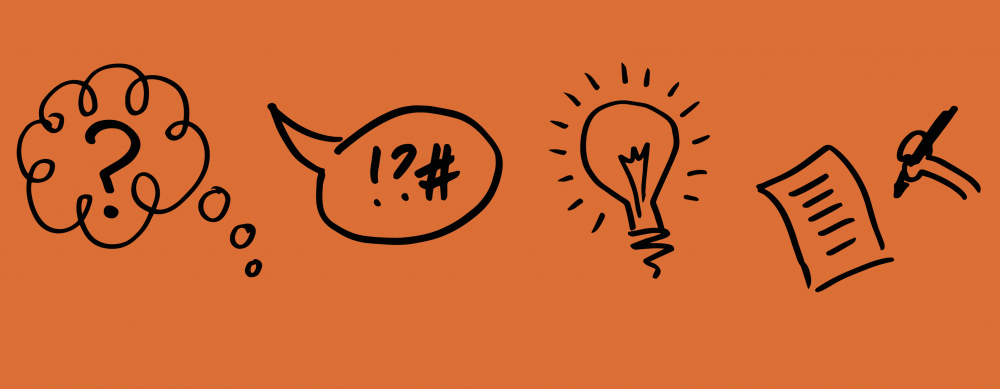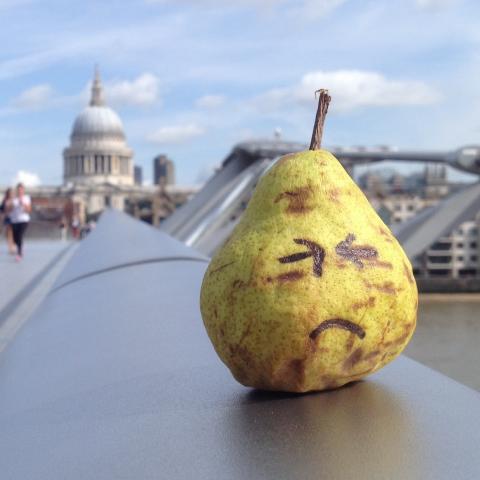13th September 2019 by Chloe Roach
The prospect of rebranding can often be a daunting one. It throws up a multitude of questions about identity, and then there’s the fear - the fear that getting it wrong might weaken the organisation or lead to reputational damage.
And I don’t mean to freak you out, but this concern isn’t exactly unfounded. Designers don’t always get it right (apart from us, obviously), and the process can be a costly mistake if it’s not done well.
I’m not exactly filling you with hope, am I? Well, hear me out…
Ignoring the need for a rebrand can be as damaging as doing it badly. Waiting around long after the sell-by date of a brand to make this step can result in disengaged audiences and negative associations with the brand, making it more difficult to get back up to speed and regain people's interest in what you're doing.
New clients often come to us saying ‘we need a new website’. It’s seen as a sort of one-stop-shop solution, a way of starting with a clean slate and righting all the wrongs of the past. But when we start to scope the project, examine their existing site, researching and discussing who they are and what they’re trying to achieve, sometimes it becomes clear that what they actually need, before anything else, is a rebrand.
It’s not uncommon for organisations to carry the misconception that the brand is the logo. The fact that their brand extends to messaging, visual identity, choice of photography and graphics, colour palette, positioning, typography, language and tone of voice can sometimes come as a bit of a revelation. And you can’t hope to create a fantastic new website if you don’t get these things right beforehand. It underpins everything and is an essential consideration if you want to get the right people on board and interested in what you’re doing.
I’ve had several experiences where clients are reluctant to go through a rebrand, and there can be a lot of different reasons for this. We meet organisations that are very wedded to a weak brand because of a personal affinity with it, or haven’t researched whether it’s still relevant to their audience. Being able to separate your own personal taste from the views of your audience and stakeholders can sometimes be challenging – but it’s certainly worthwhile.
Some people worry about the knock-on costs post-rebrand and the expense of implementation. And yes, you do have to plan for a rebrand, but these days it’s not always the costly endeavour it once was. With an increase in electronic communication, resources and collateral it’s often making time for updates and changes that’s the biggest consideration. And of course, there’s also the option of employing a phased approach to implementation, if it’s feasible, to make the whole process more manageable when it comes to rolling it out.
I remember working with a client who was concerned that by spending time exploring the organisation’s identity, messaging and positioning, it would imply to staff and stakeholders that the organisation was fragile, unstable and a bit lost. On average, organisations rebrand every seven to ten years - not that this is not the single indicator by which to measure the shelf-life of a brand – but it does demonstrate that it’s completely natural to evaluate where you are, reassess and consider your identity.
The world arounds us is constantly changing, sometimes in completely unexpected ways, and so is your audience. Your brand needs to take this into account.
Sometimes the fear of a rebrand can end up stifling charities’ ability to rebrand in a way that’s bold and brave. Being bland and predictable isn’t something helpful in today’s competitive sector – nor is mirroring your competitors – so, it’s important to really think about what will stand up and make your audience take notice of you.
So take the bull by the horns, ask the difficult questions, and really explore whether your brand is working for you.











